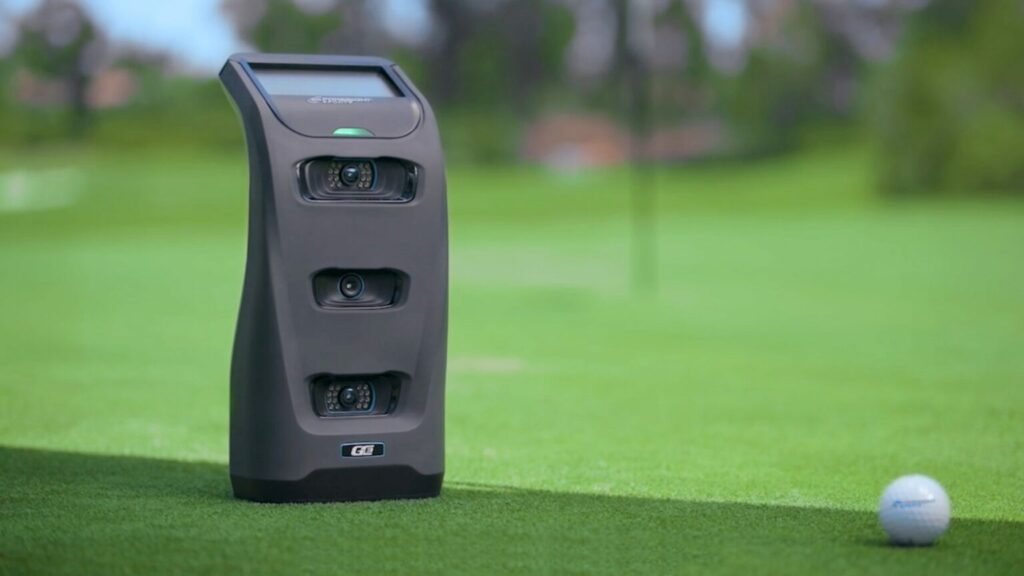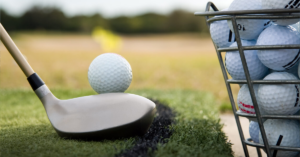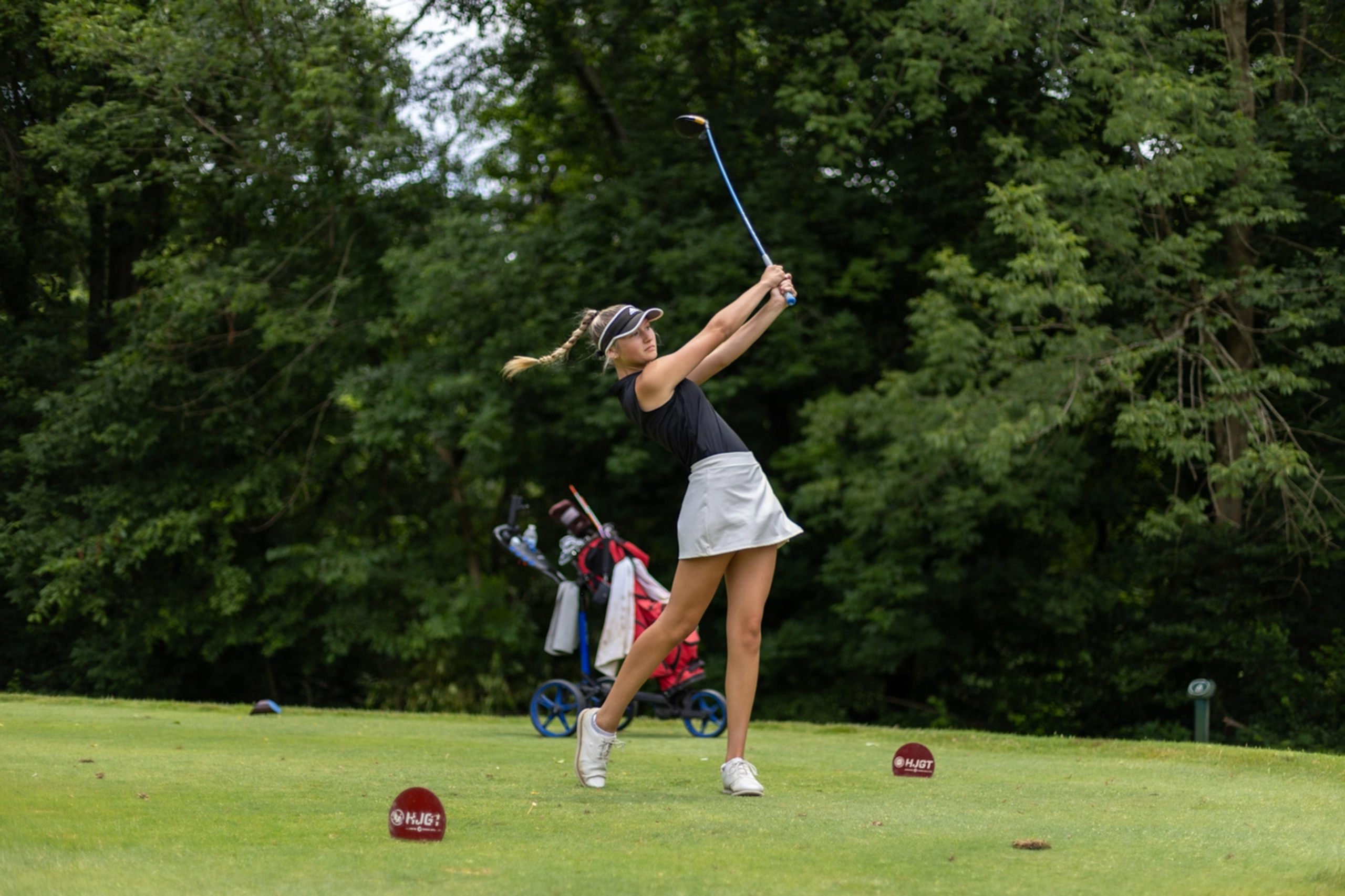
Launch monitors are the foundation of understanding performance, because the information is so specific. It means those small numbers signal big improvements. As Golf Digest Top 50 teacher Martin Hall said about the GCQuad launch monitor he uses in teaching, “One of the things I really enjoy is that it puts every decision I make as a teacher on trial: Did I do something that’s moving you in the right direction, or didn’t I?”
A launch monitor is meant to help improve your game with every stroke you take on the course. A good launch monitor should tell you total distance, launch angle, ball speed, spin rate, and angle of attack. All these things independently do not make you a better golfer. But the ability to put them all together can. Below we will look at what those five things mean and how they will help you.
Total Distance:
Total distance should be your focus on evaluating drivers; carry distance is most important in irons. Since all launch monitors tend to have their own ways of calculating bounce and roll, sometimes total distance can be overstated. What you might want to do is pay attention to one of the obscure numbers on the launch monitor called landing angle. To optimize total distance with the driver in most conditions, you’ll want a landing angle in the high 30s. For example, Titleist recommends that a landing angle for the driver around 37 degrees is pretty good and below 30 degrees is never a good fit, while a middle of the road 7-iron’s landing angle is between 45 and 55 degrees.
Launch Angle:
This number, measured as an angle up from the ground, reflects the initial trajectory of the ball. It is different than the loft of your club for a lot of reasons and can have a lot to do with another number we discuss below, Angle of Attack. For the driver, average golfers really want to get this number safely into double digits (12 degrees is a good starting place). Only the highest swing speed golfers can get away with a launch angle as low as 10 to get decent distance. But even for them, higher will yield more distance. For perspective, a couple of extra degrees of launch angle might mean five extra yards of carry on an average golfer’s tee ball.
Ball Speed:
This number, expressed in miles per hour, is the velocity of the ball leaving the clubface. The higher the ball speed, generally, the more solidly you’ve made contact (but more on that later) and the farther your shots will fly. For perspective, the average ball speed with the driver on the PGA Tour is about 170 miles per hour, and on the LPGA Tour it’s around 140. For a 7-iron, it would be 25-30 percent less. Ball speed tends to be king of the launch monitor numbers, but it isn’t everything. For example, you could be generating somewhat more ball speed with one 7-iron vs. another. But some of that difference could be the result of a difference in loft. Stronger lofts, generally, provide a more direct energy transfer for faster ball speeds. That’s why, particularly for irons, you have to look at more than ball speed.
Spin Rate:
Every shot has backspin, even a putt. Most launch monitors see both the amount of backspin, in revolutions per minute (rpm) and the way that the axis of spin rotation is tilted, what some folks incorrectly call sidespin. Combining a relatively higher launch with relatively less spin is generally a recipe for distance with any club, although with irons the less spin you have the more your shots will roll out on the green. Again, be careful about focusing on getting lower and lower spin numbers, especially if you’re not generating a lot of clubhead speed. A very low spin number off the driver on a center hit is fine, but if you mis-hit that same shot a little high on the face, you might not have enough spin to keep the ball in the air.
Angle of Attack:
This refers to the upward or downward path of the clubhead as it’s traveling toward impact. The number is measured in degrees as a positive or negative number, unless your path toward impact is perfectly level (in which case your angle of attack would be zero). Generally, unless something very strange is happening or you’re hitting the turf a foot behind the ball, this number will be in the single digits. It certainly shouldn’t be the same for all clubs, and ideally it should be a positive number for tee shots with the driver and likely a slightly negative number with iron shots. A positive attack angle with the driver is one way to help shots launch higher and with less spin (the recipe for distance). Still, you can have a positive attack angle with the driver, and it may not indicate you’ve made a good swing. You can simply flip the club through impact (which actually reduces club head speed), rather than having them move the club on a slightly ascending path in response to a proper body turn. Short answer: If you’re maintaining or increasing your clubhead speed and your ball speed with the driver, and you have a positive angle of attack, you will see more distance.



